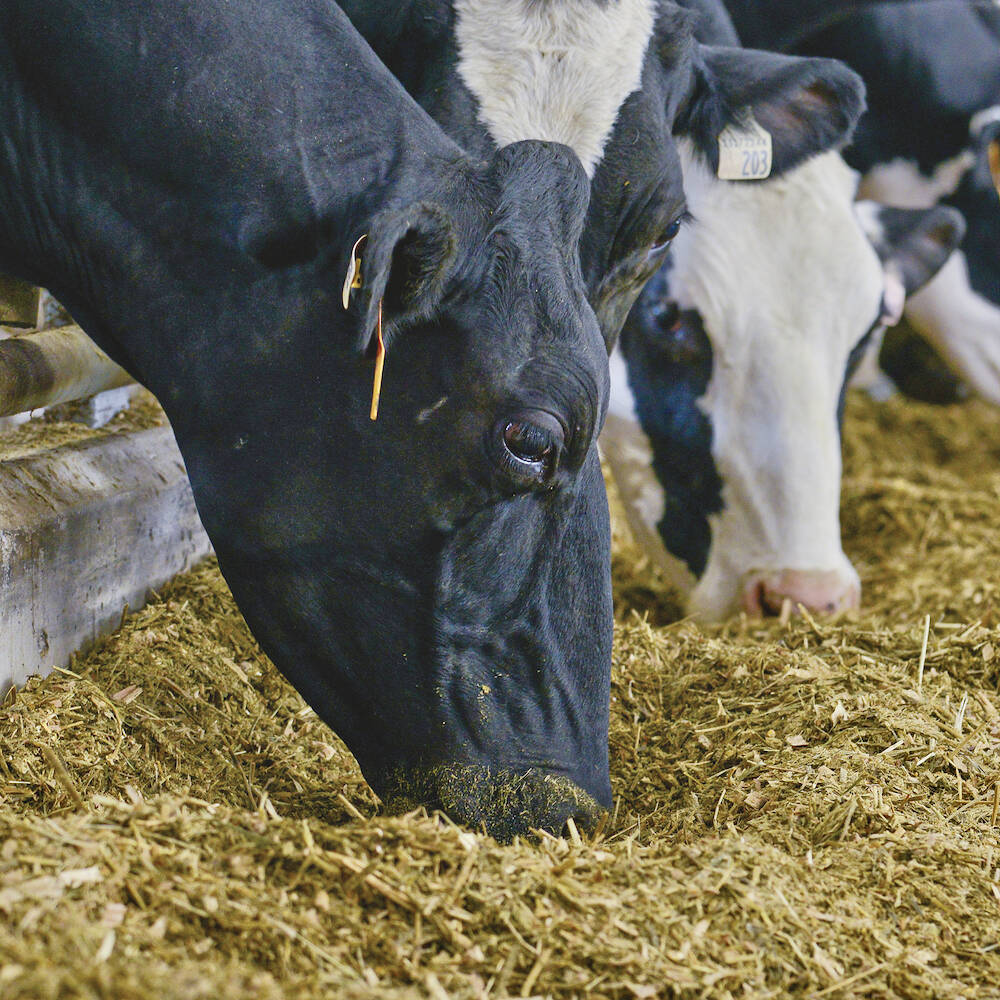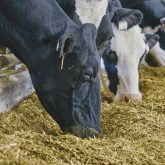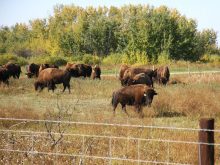WINNIPEG, May 11 (CNS) – Feed barley and feed wheat appear to be settling into seasonal highs, says to a market-watcher in Alberta.
“Whether it goes up much more remains to be seen,” said Jim Beusekom of Market Place Commodities in Lethbridge. “Between Easter and May long weekend, we’re probably at a high.”
He says high vomitoxin (10 ppm) wheat is trading at C$170 to $175 per tonne while low vomitoxin supplies that are suitable for hogs and poultry are coming in at $185 to $190.
Feed barley meanwhile is trading at $170 to $175 per tonne.
Read Also

Media reports suggest U.S. dairy access to Canada a topic of conversation in Ottawa
Globe and Mail article suggests U.S. dairy access to Canada is back as a topic of conversation in Ottawa
“That’s steady compared to last week but up over the last month by $10 to $15 per tonne on each commodity,” he said.
Toward the end of May, he says those prices may taper off as more road bans come into effect, yards get muddy and farmers go planting.
“As those conditions change grain becomes more available and the price comes back off,” Beusekom explained.
One other factor facing the market is the large volume of spring-threshed grains starting to come in from Prairie fields.
“We’re starting to notice it for sure,” he said.
Beusekom said offerings have been fairly steady over the past 10 days but it hasn’t been overwhelming.
“The thing is, the spring-threshed grain has a high range of stuff in it too, so some of it is good and some of it is really bad,” he said. “The poor quality isn’t worth much.”
There are ideas that barley acreage could creep up too if spring-planting is delayed by additional rain. The theory is farmers may switch from other crops if the season becomes too short.
However, even with recent rain, Beusekom says his area at least isn’t too wet.
“I think moisture conditions are good in southern Alberta,” he said. “The seeding has progressed nicely.”
















